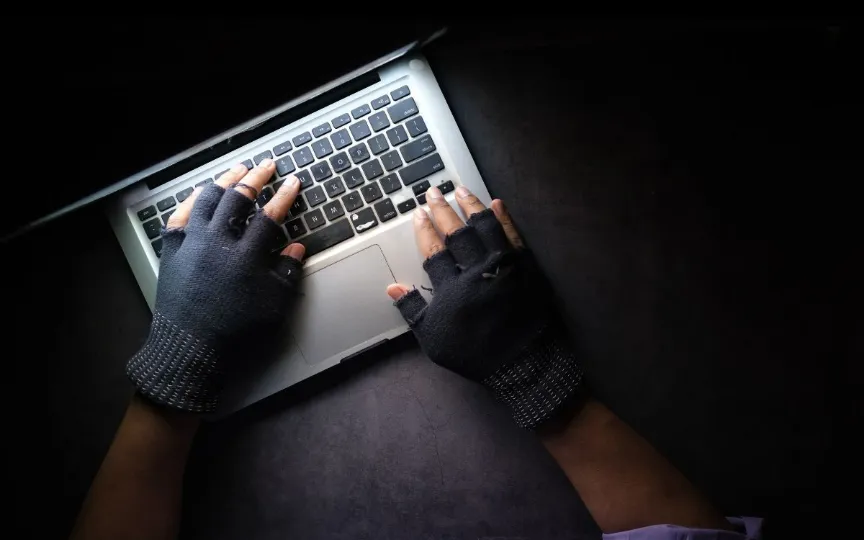Delhi Police Urges You To Follow This Essential Online Safety Tip
Delhi Police has taken to X (Twitter) to remind users of an important point to protect themselves from online threats – avoid using the same password for multiple accounts and refrain from using weak passwords.
Using the same password for multiple accounts can be risky.Stay one step ahead of hackers! Avoid weak passwords and never reuse them.Report cyber crime @ https://t.co/31HYfBIJGu#ProtectYourBytes#CyberAwarenessMonth#CyberSafeCitizen pic.twitter.com/MooxSSAP2N
— Delhi Police (@DelhiPolice) October 29, 2023
It goes without saying that using strong passwords and using a different password for every service you use is as fundamental as it is to online security. And here’s a reminder from Delhi Police for one basic purpose – not to forget the basics of online security.
If managing several complex passwords is challenging for you, using a password manager is a practical solution. For those unfamiliar with services like LastPass or similar alternatives, it’s easy to recommend using Apple’s built-in password manager or Google’s equivalent. These tools simplify entering passwords during login, eliminating the need to remember them.
What exactly does a “strong password” mean?
According to Harvard University, password managers are the best way to create strong passwords. However, for those who want to create their own, Harvard recommends using “passphrases.” “Passphrases are longer and more complex than passwords. They’re easier to remember but harder to guess, according to Harvard guidelines.
The ideal way is to memorize a certain phrase. For example, consider “Diwali in Jaipur: Best places to buy sweets, clothes and ornaments this festive season”.
Create a password by taking the first letters of each word and adding punctuation. In this case, the resulting password would be: “DiJ:Tbptbs,cadtfs.” For added security, choose a more complex phrase and include numbers whenever possible. This method makes it easier to remember and serves as a secure alternative to using simple passwords.
Additionally, Harvard specifies that for a password to be considered “good”, it must contain: an uppercase English letter (A-Z), a lowercase English letter (a-z), a number (0-9), and/or a symbol (eg, like !, # or %) , a total of ten or more characters.




